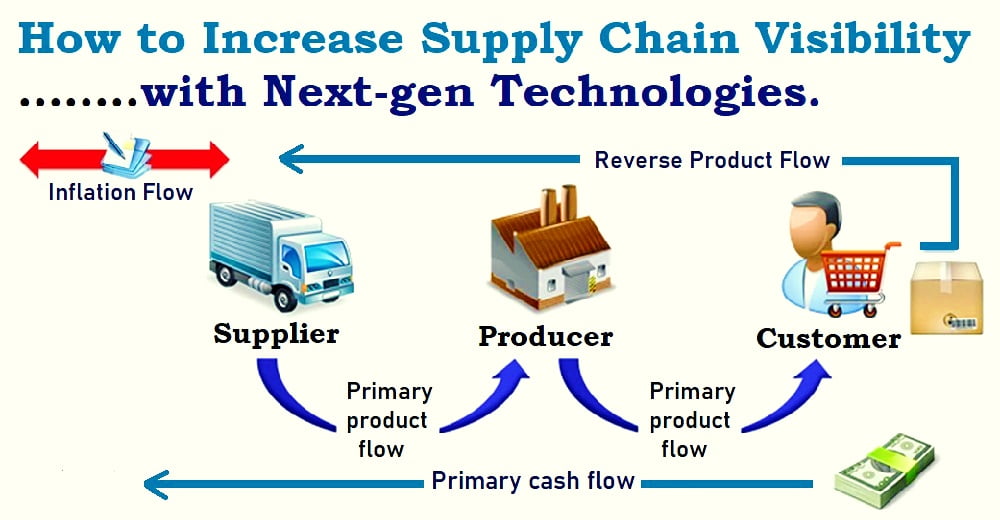When a company wants to go from private to public ownership, it makes an initial public offering. Let’s have a look at what an IPO is and how the IPO price is decided? What are the advantages and disadvantages of investing in an IPO?

What is an IPO and How is the IPO Price Determined? Pros and Cons of Investing in an IPO
In this article, we will discuss initial public offering, IPO valuation, the pros and cons of going public, and tips for investing in an IPO.
What is an Initial Public Offering (IPO)?
An initial public offering (IPO) is a process by which a private company goes public and offers shares to investors for the first time.
When a private company, such as a startup, seeks to raise capital to fund its next phase of growth, it often goes public through an initial public offering or IPO.
The IPO process allows a company to raise money to fund operations, drive growth, and pay off debt. It also gives companies the opportunity to return the money to their investors, who have the option to sell their private shares in the IPO.
A private company with considerable growth potential will consider going public, mainly for the reasons mentioned above. In many ways, it is the logical and expected next step for successful startups.
Initial public offerings can be seen as an exit strategy for company founders and early investors, who can get all the profits from private investment.
How an IPO works
An initial public offering (IPO) is essentially a fundraising method used by large companies, in which the company sells its shares to the public for the first time.
In order to conduct an initial public offering, a private company must register its IPO with the U.S. Securities and Exchange Commission (SEC). Businesses often use Form S-1 to register with the SEC. Inside that S-1, you’ll find the company’s IPO prospectus, the details of the IPO process. It is a crucial document that investors should read when considering an investment in a company that has just been publicly traded.
The S-1 sets out the terms of a company’s IPO, focusing particularly on the number of shares it will issue to the public.
As a company prepares to go public, it hires underwriters for marketing, assessing needs, setting IPO prices and dates, etc. Underwriters receive the shares of the IPO before distributing them to the public. Companies select top underwriters, who help guide the IPO process and allocate shares.
IPO Valuation: How is the IPO Price Determined?
The IPO price is determined by the underwriters participating in the offering. In a small IPO, the issue price can be determined by the bookkeeper.
The bookkeeper is the main underwriting investment bank and is responsible for leading and directing the company’s stock issuance. However, in a large IPO, the issue price is determined by a consortium of underwriters including several investment banks.
The factors that influence the value of an IPO may include the following:
- The quality of the stock currently sold in the IPO.
- The current market price of stocks of similar companies in the same industry.
- Potential customers’ demand for company stocks.
- The company’s future growth potential.
- The financial validity of the company’s business model.
- The organization or management of a private company.
- General market trends (Sometimes, any positive news, such as the company’s recent achievements, success stories, or the products they offer, can also affect pricing.).
Pros and Cons of Going Public
An initial public offering is the first sale of shares in a company to the general public. Small businesses looking to drive their business growth often use an IPO as a way to generate the equity capital necessary to expand their funding structure at a lower funding cost. The reason major companies decide to go public, however, is to raise and spread the risk of the business among a large group of shareholders.
However, companies often consider a variety of financing options before making the decision to go public, such as: bank loans, asset-backed financing, private placements, extended terms with suppliers, etc. These sources should be explored before making the final decision on the IPO.
Once the company has decided to go public, it must carefully weigh the advantages and disadvantages.
The most relevant advantages of going public are the raising of additional funds through issuance. Also, companies have additional influence in obtaining loans from financial institutions. Indirect advertising is a key element for listed companies as filing and registration for most of the major exchanges includes a form of free advertising.
Listing generates greater liquidity of the shares, and this attribute is essential to increase the attractiveness and value of companies with shares traded.
Finally, listed companies tend to offer greater credibility with the public, who have the company receiving approval indirectly through having transferred their shares on the stock market.
However, despite the advantages, there are some disadvantages for a company to go public. The first is that the cost of an initial public offering is substantial, in the form of subscriber fees and expenses, legal and accounting fees, printing costs, and registration fees.
The company is required to have its financial statements audited on a regular basis.
Another point to note is that the trading of the shares is limited by part of the ban on inside information. As a listed company, the company will have ongoing costs for periodic reports and proxy statements filed with regulatory agencies and distributed to shareholders.
The big risk is loss of control because the people who buy the shares are essentially owners of the company. As the number of owners increases, the control of the management of the company is diluted.
Benefits of IPO
The main purpose of an IPO is to raise funds for the enterprise. It can also have other advantages.
- The company can obtain investment from the public to raise funds.
- An IPO can reduce the cost of a company’s equity and debt.
- It facilitates acquisition transactions (stock conversion). If you buy publicly listed stocks, you can more easily determine their value.
- Greater transparency usually helps a company obtain more favorable credit conditions than a private company.
- IPO increases the company’s visibility, reputation and public image, which can help the company’s sales and profits.
- A listed company can raise more funds through a secondary offering in the future because it can already enter the public market through an IPO.
- Listed companies can attract and retain better management and skilled employees by participating in liquid stocks. Many companies use stock compensation to compensate executives or other employees during their initial public offerings.
Disadvantages of IPO
The company may encounter some unfavorable factors in the process of listing. including:
- The cost of an IPO is high, and the cost of maintaining a listed company is continuous and usually has nothing to do with other costs of doing business.
- The company must disclose financial, accounting, tax and other business information. During these disclosures, it may be necessary to publicly disclose secrets and business methods that may help competitors.
- If the market does not accept the IPO price, the required funds will not be raised.
- Since the new shareholders have obtained votes and can effectively control the company’s decision-making through the board of directors, they have lost control.
- With this comes huge legal, accounting, and marketing costs, many of which are still ongoing. Management needs more time, effort, and energy to report.
- Increased risk of legal or regulatory issues (such as private securities class actions and shareholder lawsuits).
- The strict leadership and governance of the board of directors may make the job of a good manager who is willing to take risks more difficult.
- Fluctuations in the company’s stock price may disrupt management, and management may compensate and evaluate it based on stock performance rather than actual financial performance.
- Strategies used to exaggerate the value of listed companies’ stocks (such as using excessive debt to repurchase stocks) may increase the company’s risk and instability.
Tips for Investing in IPO
The best thing to do is consult a financial advisor and take a conservative approach when investing in IPOs.
If you are lucky enough to receive an allotment of shares at the offering price of an IPO, be sure to do your research and due diligence before investing.
Remember, an IPO can fall below your offer price after hitting the public market; its price will not always increase.
If you plan to buy stocks on or shortly after the IPO, treat your investment like any other. Ask yourself, do you believe in the company’s long-term growth prospects and the potential for stock price appreciation? Are you willing to overcome volatility? Are you confident enough in the company to buy more shares when there is a huge loss in price action?
Read Also: Pros and Cons of Investing in Initial Coin Offerings



